
Arts
of Siliguri
Feel the magic of Siliguri's enchanting
artforms
Lo sentimos, no encontramos resultados para su búsqueda

Una ciudad vibrante con el imponente...

Raipur, la capital de Chhattisgarh, es...

Ahmedabad o Amdavad es la primera...
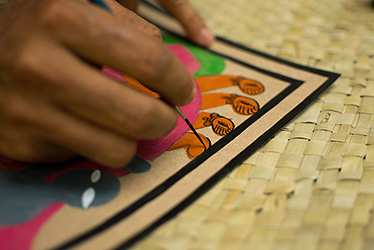
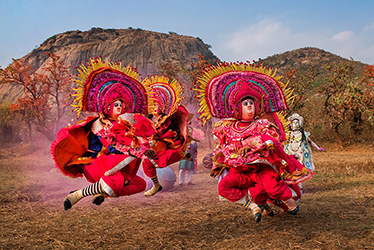
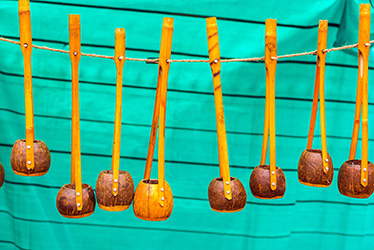
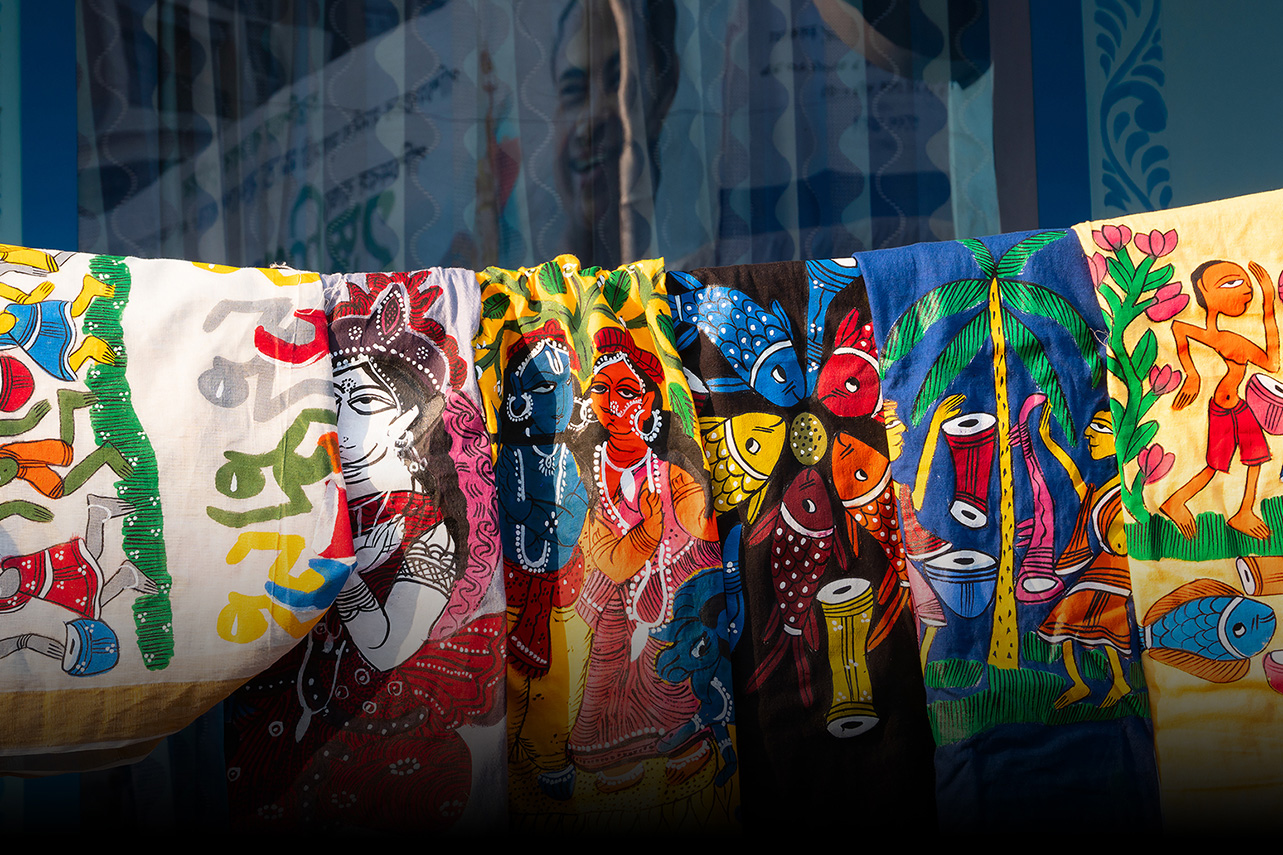
The art of divinity
The traditional art of Pattachitra evolved from the Sanskrit words “patta” meaning cloth and “chitra” meaning picture. With roots dating back to the 12th century, this cherished art form involves the use of natural dyes and intricate brushwork to depict mythological scenes and everyday life on cloth or canvas. Often inspired by stories from the Ramayana, Mahabharata, and Radha and Krishna, this art form draws strict rules. A floral border is a must in Pattachitra paintings and the use of natural colors is restricted to a single tone, creating a unique look and feel that is typical to Pattachitra and cannot be duplicated. This discipline in the art form has helped to preserve its authenticity and maintain its historical significance as one of the oldest popular living art form.
A treasure passed down from generation to generation, Pattichitra remains an integral part of West Bengal's cultural identity and continues to captivate art enthusiasts and collectors alike. From the skilled hands of the artisans to the walls of art galleries and museums around the world, Pattachitra art has earned a well-deserved place in the archives of Indian art history.
If you're interested in finding Pattachitra art in Siliguri, you can visit the Siliguri Handicrafts Emporium, located in the city center. This emporium showcases various handicrafts, including Pattachitra paintings, which are available for sale.
You can also visit the Salugara Monastery, located on the outskirts of Siliguri, where you can find Pattachitra paintings as well as other forms of traditional art. The monastery is known for its unique architecture and traditional art forms, making it a must-visit destination for art lovers.
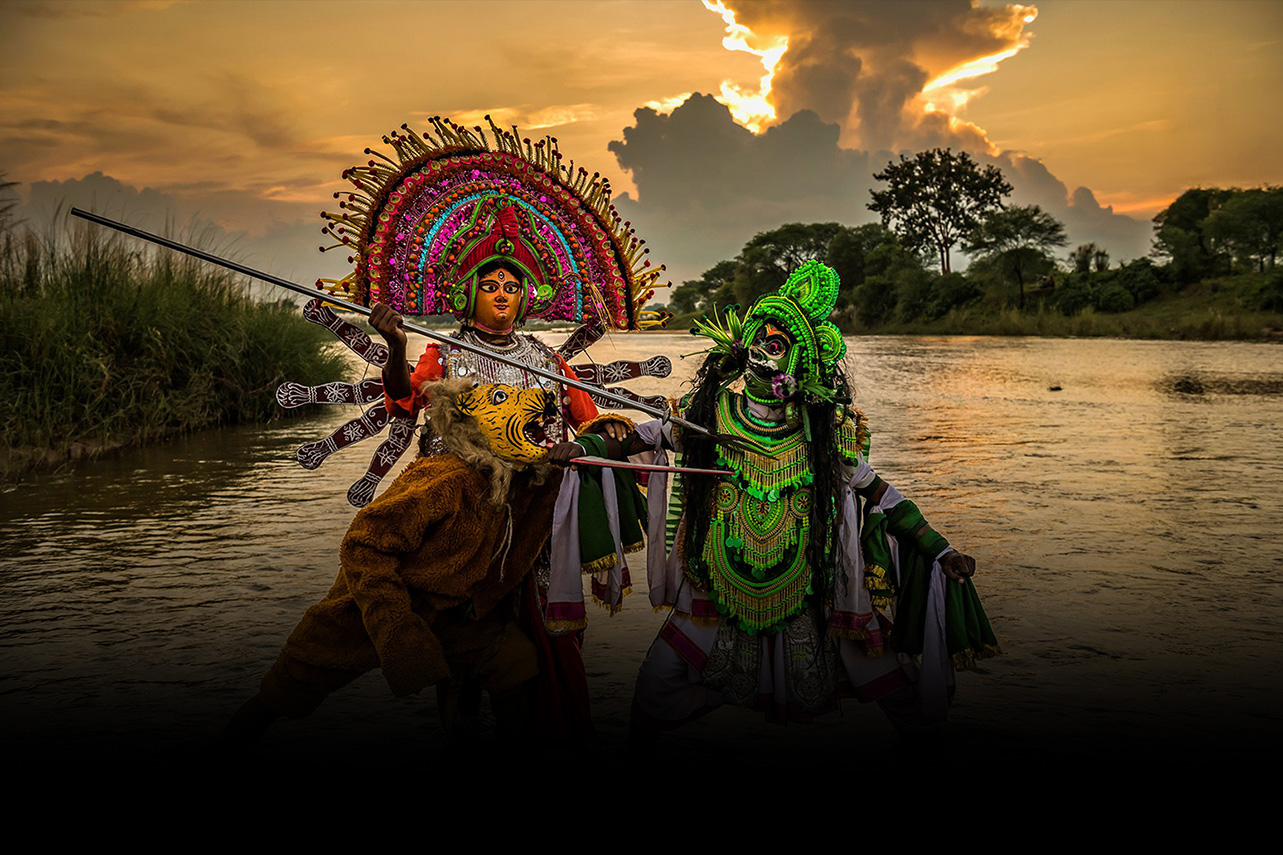
The traditional mask dance of West Bengal
The 500-year-old Chhau dance is a mesmerizing and dynamic traditional folk art form that showcases the profound cultural heritage and artistic finesse of West Bengal through the marvel of its captivating storytelling. This energetic form interweaves martial arts, acrobatics, and music with consummate ease, delighting audiences with its breathtaking performances that evoke a sense of awe and wonder.
The performers, bedecked in ornate masks and sumptuous costumes, personify mythological characters like gods, demons and animals through their graceful movements, transporting the onlookers to a realm of wonder. The pulsating rhythms of the Dhamsa, Dhol, and Shehnai, intermingled with the seamless choreography uplift all your senses. The dance is performed in styles, namely the Purulia, Seraikella, and Mayurbhanj. A true sight to behold.
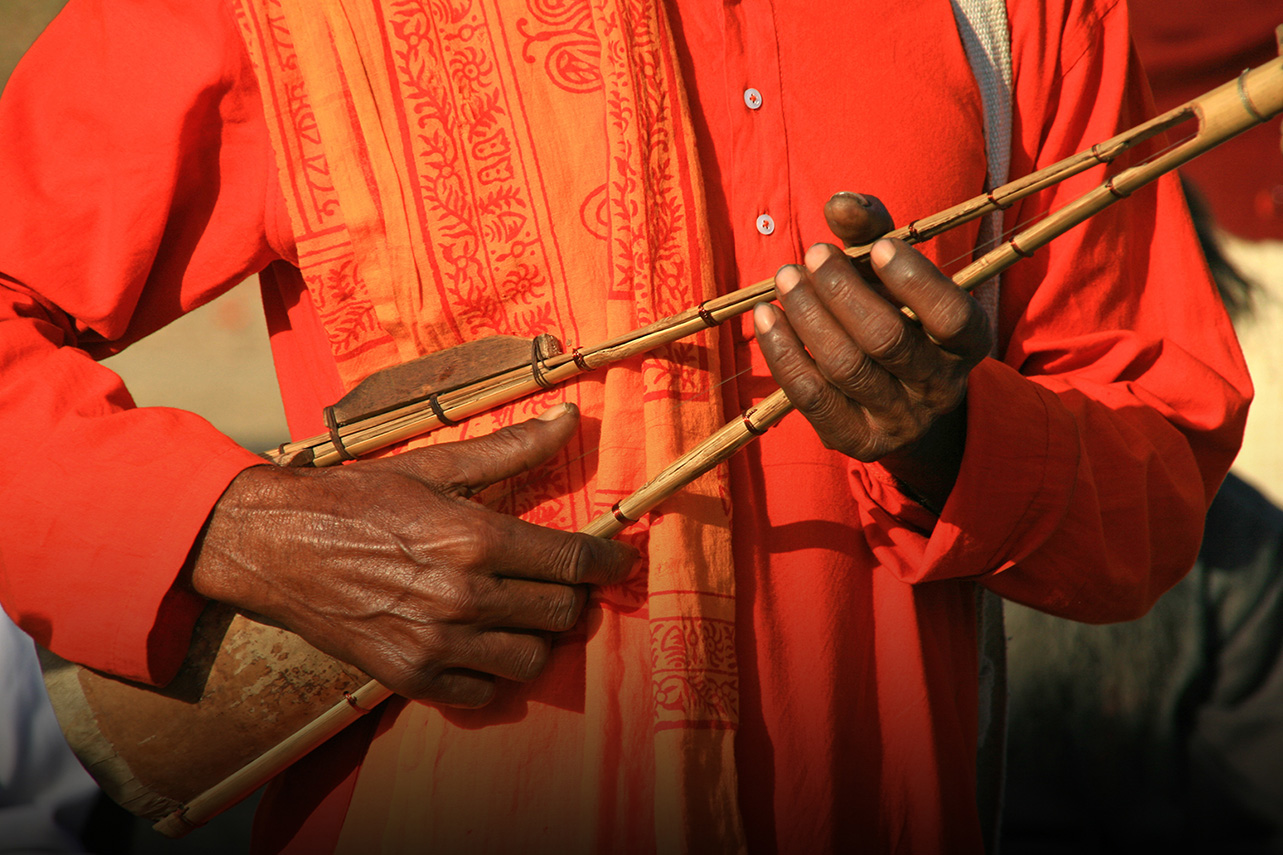
The window to your soul
Music of the nomads, Baul music is the musical expression of a community of wandering minstrels and mystics who reject societal norms and traditions in their pursuit of spirituality through music. Often performed with soulful instruments like Ektara, Dotara, and Dhol, Baul music features simple melodies that are repetitive, making it easy to sing along to. A practice that plays true to its nature as a people’s art form. Bauls travel from village to village, performing in public spaces like markets, fairs, and festivals in localities such as Birbhum, Nadia, and Murshidabad.
Rabindra Sangeet is a genre of Bengali music created by the celebrated polymath and Nobel laureate, Rabindranath Tagore. His music is a perfect balance of poetry and musicality, based on the blends of Hindustani Classical music, Carnatic music, Western tunes, and traditional Folk music of Bengal. The lyrics and music both hold almost equal importance and cover topics like humanism, introspection, psychology, romance, nostalgia, reflection, and modernism. With a melody for every season and aspect of Bengali life, Rabindra Sangeet is widely popular owing to Tagore's focus on human beings and nature.
Jhumur is a traditional music genre performed during various festivals and celebrations of the tribal communities of West Bengal, particularly the Santhals. The music has a rustic charm inspired by nature, with rhythms and melodies reflecting the daily lives of the people in the region. The songs are sung in a call-and-response style, accompanied by instruments like the Madal, Khol, Dhol, and Banshi that hums to your soul.
Bhatiali is a river song traditionally sung by boatmen while going downstream, with lyrics that are metaphorical and emotional about the waters and its relationship with humans. The word "bhatiyali" itself is derived from "bhata," which means ebb or downstream, reflecting the essence of this beautiful art form. Bhatiali has captured the essence of the Bengali culture and the unique bond between man and nature, making it an important part of the state's cultural heritage. An art surely to evoke a river of emotions in you.